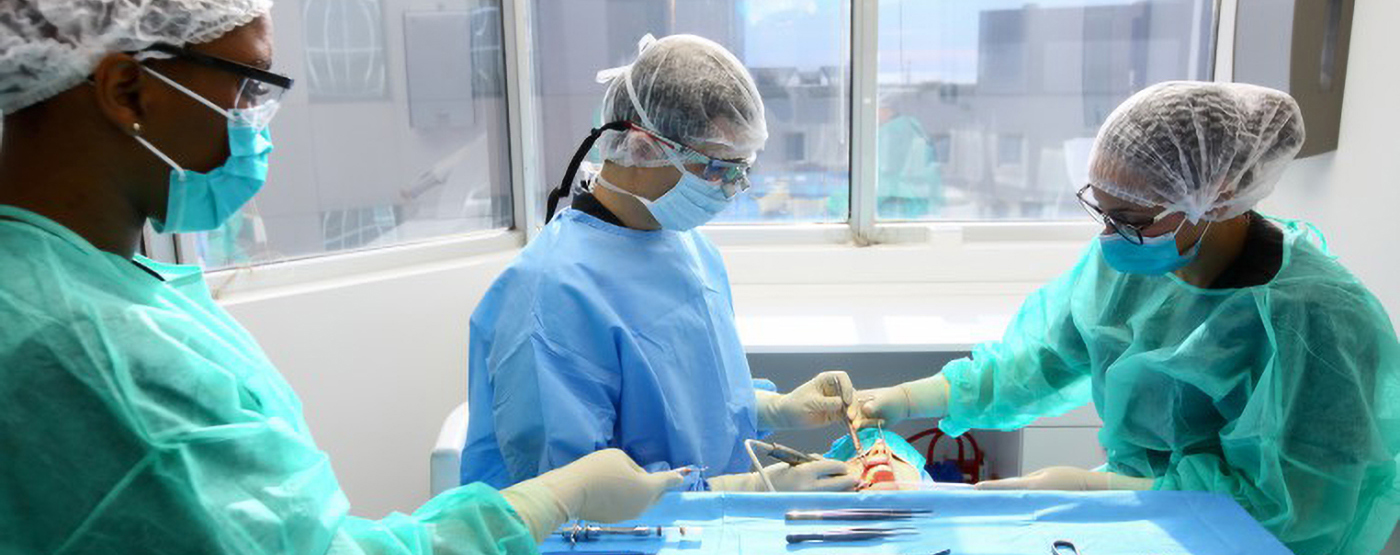CBCT Goes from Diagnostic Tool to Productivity Tool with Advanced Software and Integration

CBCT is no longer just a diagnostic tool; its advanced software makes it a tool of productivity that helps doctors treat patients more efficiently. For example, once a 3D scan is acquired, doctors have multiple options for virtually planning and placing implants. The implant workflow is made even more efficient when the CBCT system produces accessible DICOM files or includes integration pathways with trusted surgical guide partners, such as Swissmeda SMOP or BlueSkyPlan.
In particular, Carestream Dental’s CS 9600 CBCT system features an optional Prosthetic Drive Implant Planning (PDIP) module as part of its CS 3D Imaging software. Using this software, 3D scans are automatically combined with digital impressions captured with a Carestream Dental intraoral scanner. Then, virtual implants can be planned with the final restoration in mind. Finally, both files, along with the position of the implant, can be exported directly to one of Carestream Dental’s guided surgery partners. Once designed, the file is sent to a lab, without having to revalidate the position of the implant. This integration makes the entire process faster and more efficient, which is important for a busy practice with many implant surgeries on the schedule.
These “digital timesavers” have a huge impact on the workflow of a practice. In fact, the goal in my practice is to eventually be able to design and use surgical guides for 80 percent of my surgeries, about 10-15 implant procedures per week. Advancements in software and an ever-growing list of surgical guide partners can “industrialize” the process and bring more efficiency, flexibility and precision to treatment planning, saving time and helping practices be more efficient.






